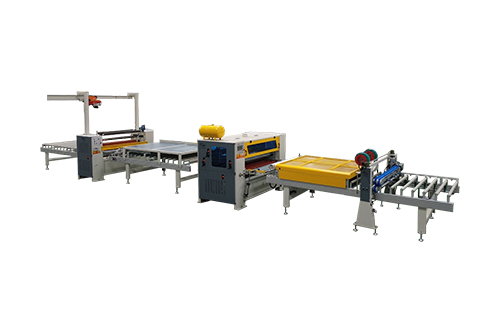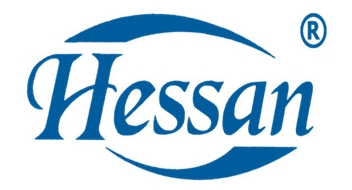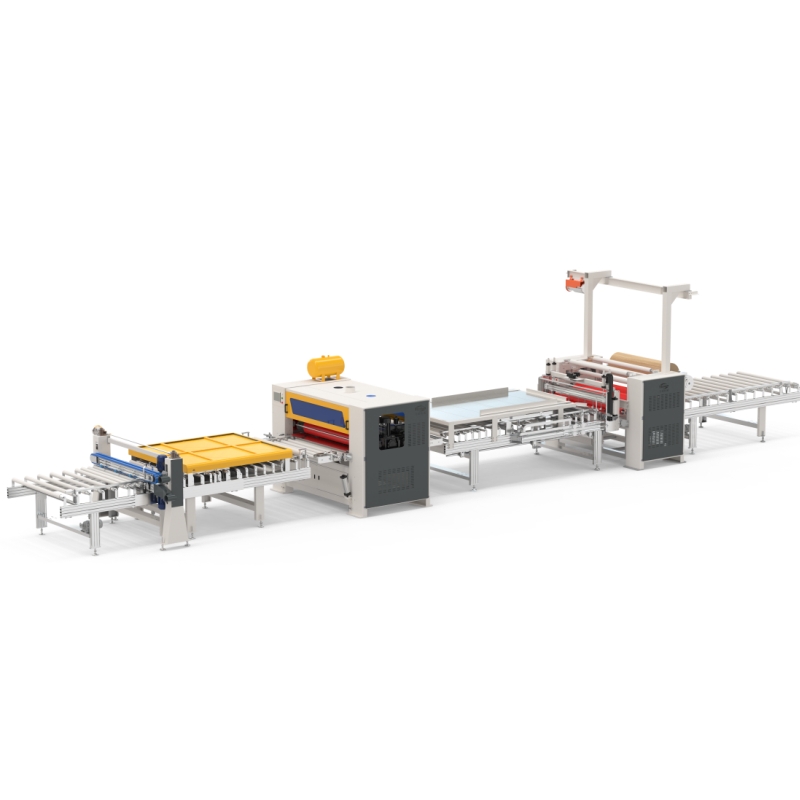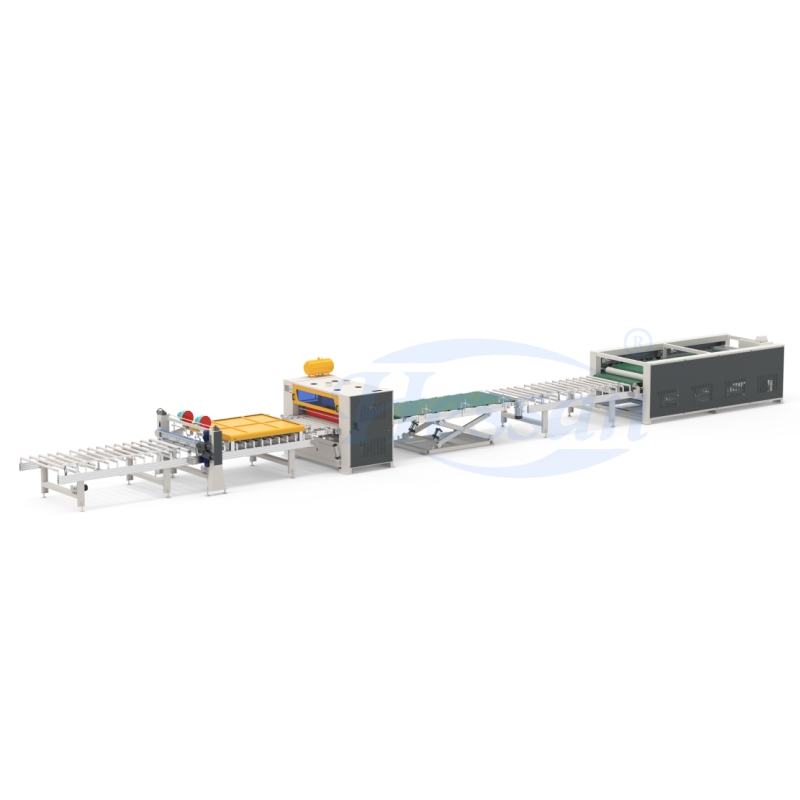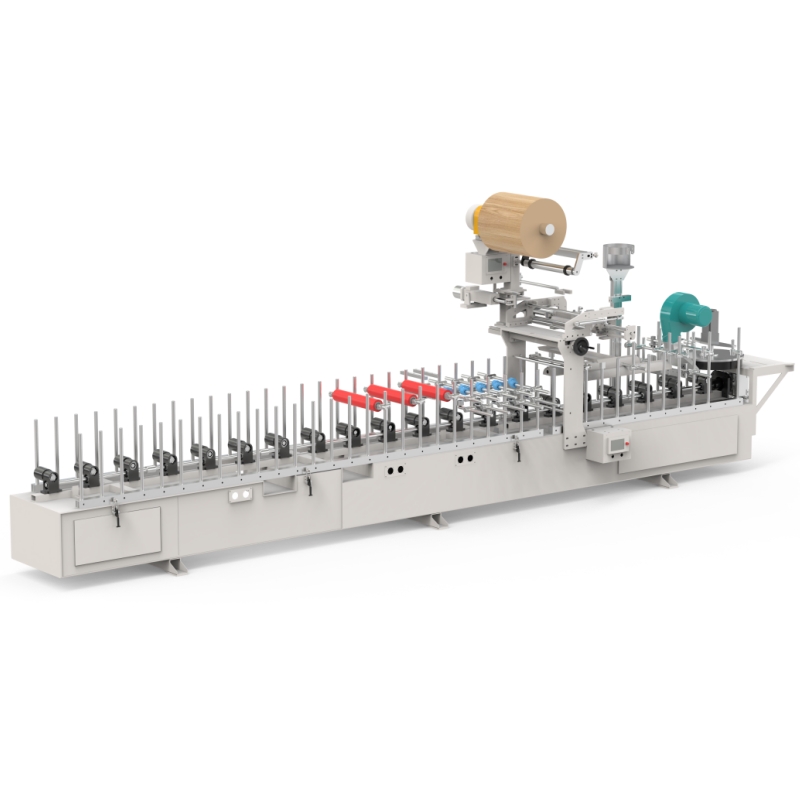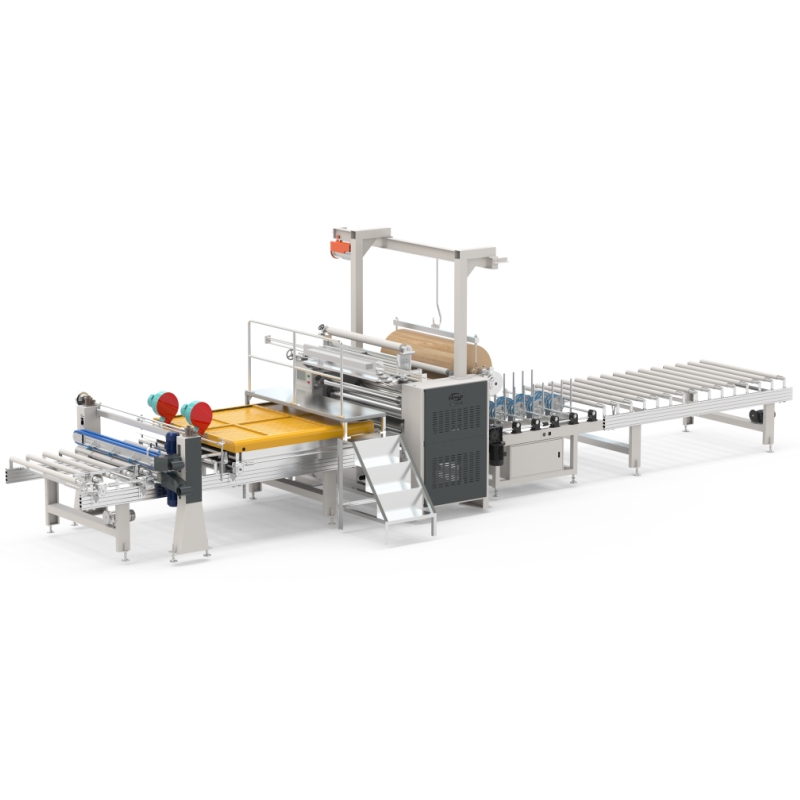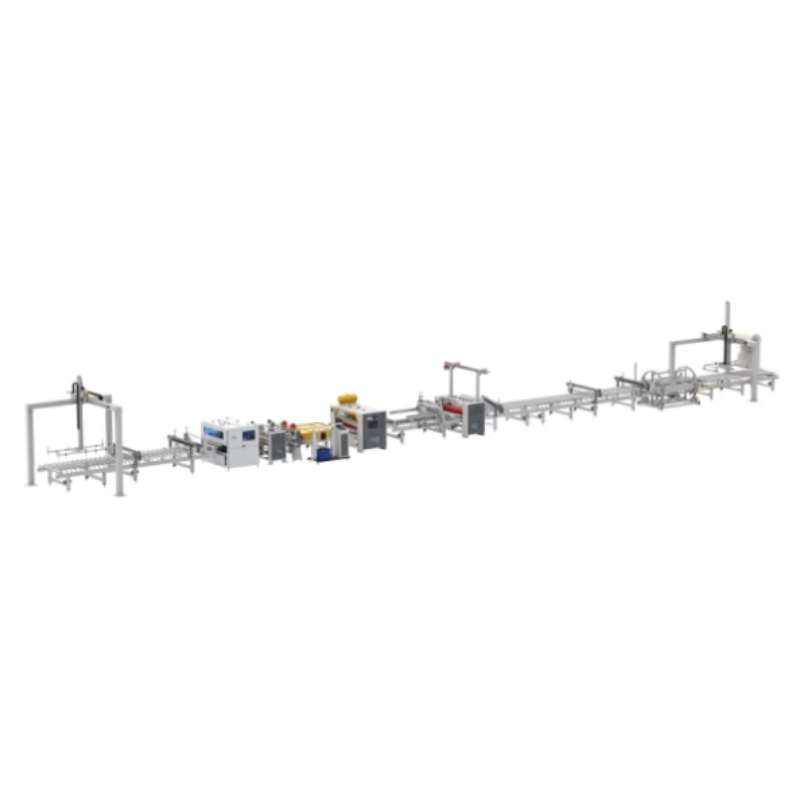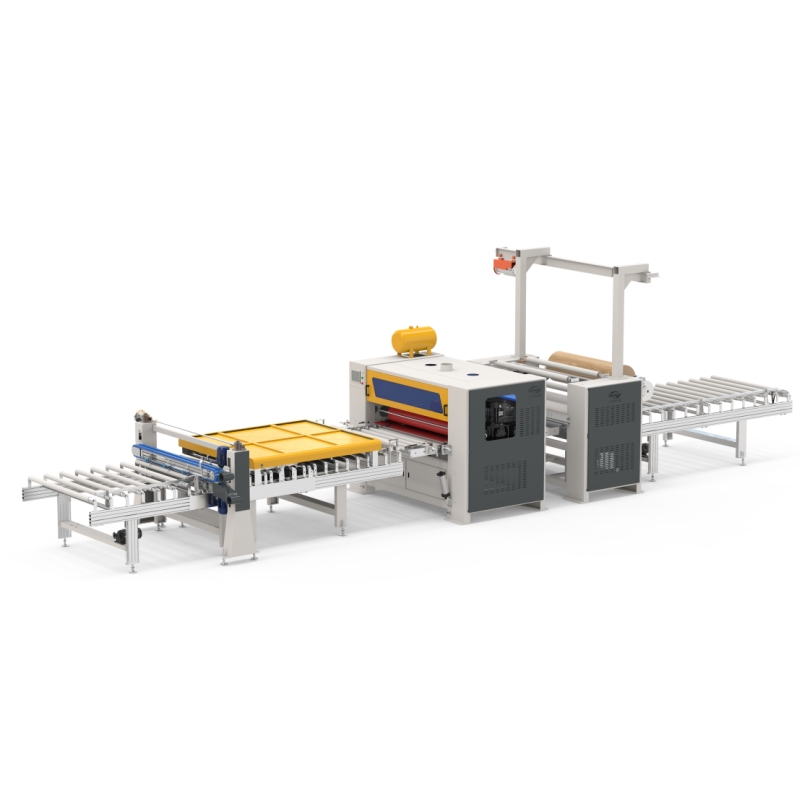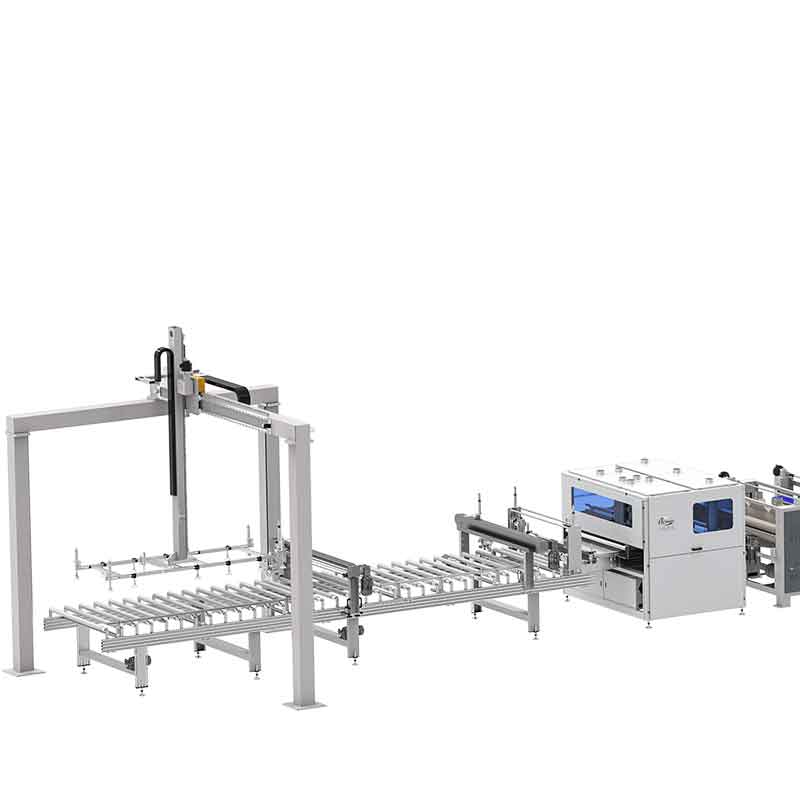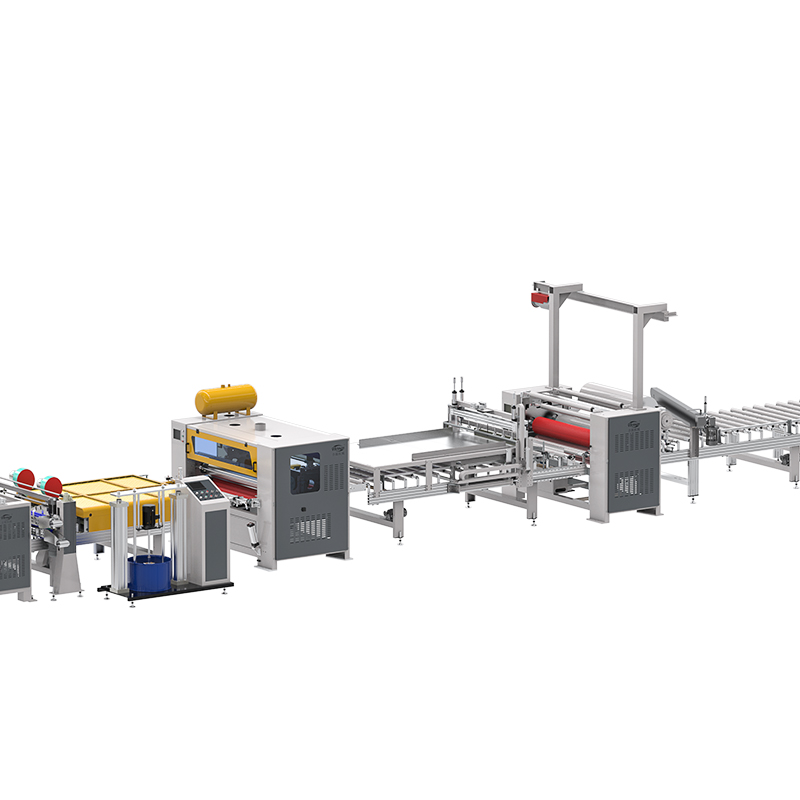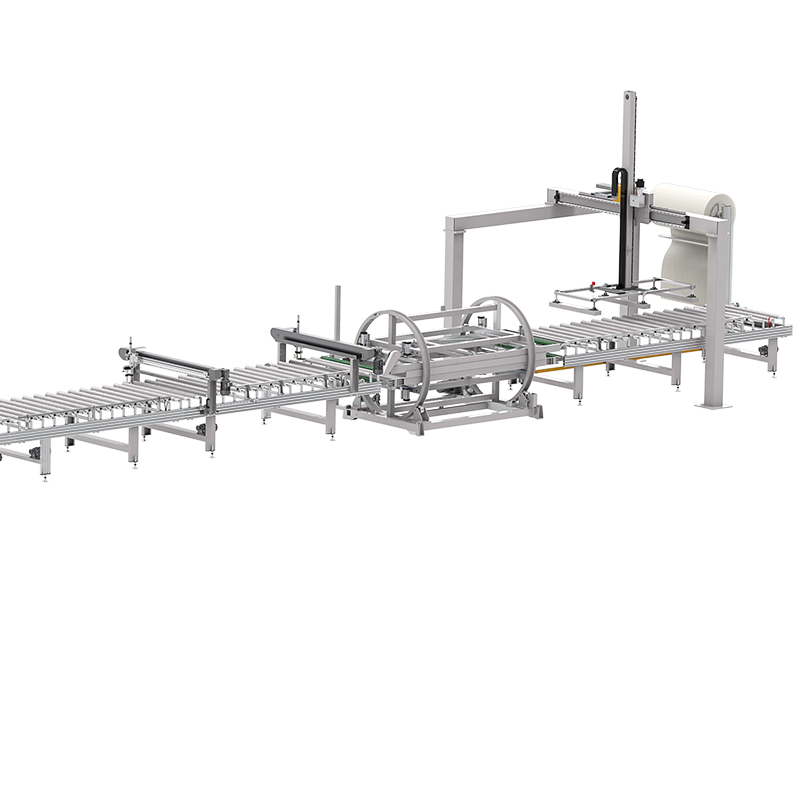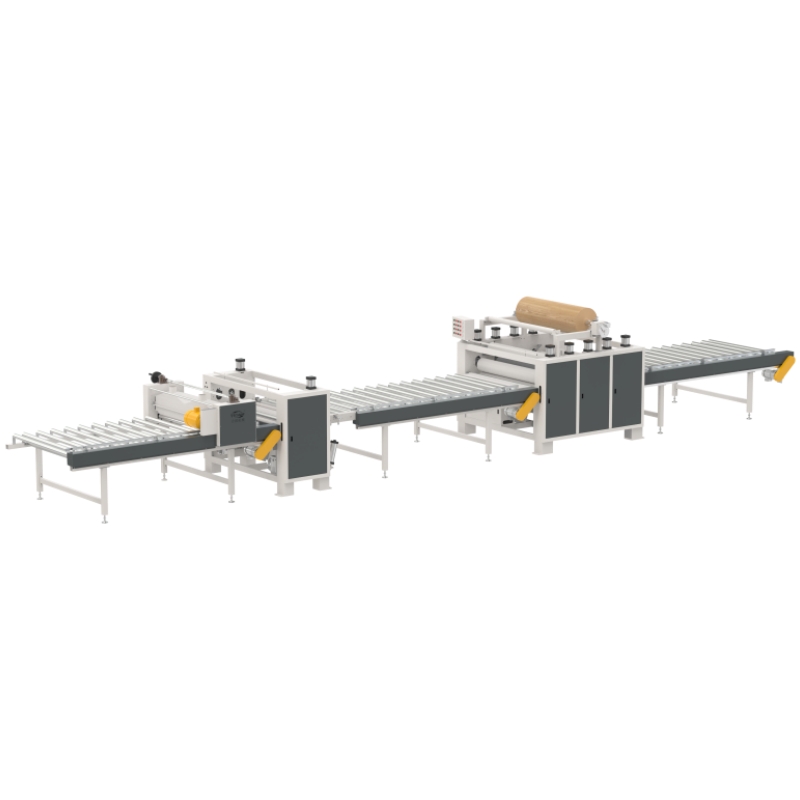II. Dust Removal Section
A. Two-Roller PUR Laminating Machine
B. Three-Roller PUR Laminating Machine
In contrast, the three-roller PUR laminating machine adopts a more advanced dual-sided dust removal system that can clean both the front and back surfaces of the material simultaneously. The system usually combines air knife blowing, mechanical brushing, and sometimes includes an electrostatic dust removal unit. The strong airflow initially disperses loose particles, the brushes further remove residual dust, and the electrostatic technology effectively captures fine particles that are difficult to remove by mechanical means alone. This comprehensive cleaning mechanism significantly reduces the risk of lamination defects caused by dust, providing a clean substrate for high-quality film application.
III. Glue Application Section
A. Two-Roller PUR Laminating Machine
The glue application unit of the two-roller PUR laminating machine is controlled by an independent motor, ensuring precise adjustment of the roller speed. The system mainly consists of a silicone roller and a steel roller: the silicone roller, with its smooth and non-stick properties, enables even adhesive distribution, while the steel roller provides stable support. Together, they form a consistent layer of PUR adhesive on the substrate. However, due to the limited number of rollers, it may be slightly inadequate in achieving diverse adhesive thicknesses or meeting the complex application requirements of special materials.
The glue application unit of the three-roller machine is also driven by an independent motor, ensuring accurate control of roller movement. Its structure includes a silicone roller, a steel roller, and a dedicated ceramic roller. The silicone and steel rollers function similarly to those in the two-roller machine, responsible for adhesive distribution and support, while the ceramic roller is primarily used to control the adhesive thickness on the panel surface—especially suitable for laminating high-gloss PVC materials. The ceramic material combines high hardness and smoothness, allowing precise adjustment of the adhesive amount to avoid over- or under-application, thereby achieving the optimal balance between visual effect and bonding quality on high-gloss surfaces.
IV. Pressing Section
A. Two-Roller PUR Laminating Machine
The pressing unit of the two-roller machine is driven by a single motor that operates both rollers. Although it can perform basic pressing functions, this shared motor structure may have certain limitations in terms of pressure uniformity and stability. fluctuations in motor performance or mechanical imbalances can directly affect the pressing quality. The roller diameter is 240mm, which provides relatively limited pressure per unit area and contact area, making it less suitable for materials requiring high pressing precision or applications where extreme flatness is essential.
The three-roller machine is equipped with an independent motor for each roller, allowing precise and separate control of pressure, significantly improving the stability and consistency of the pressing process. The roller diameter is increased to 320mm, which expands the contact area with the material and helps achieve more uniform and greater overall pressure. This configuration is particularly suitable for materials sensitive to pressure variations, such as high-gloss PVC, effectively reducing defects like bubbles and wrinkles, and ensuring a smooth and flawless laminated surface, thereby significantly enhancing the quality of the lamination.
V. Application Scenarios
This equipment is mainly suitable for laminating matte PVC onto panels with rough surfaces. Its simple structure and easy operation make the shared motor pressing system sufficient for applications where extreme pressure and precision are not critical. It is commonly used in industrial packaging or certain decorative material fields that prioritize functional lamination rather than high-gloss visual effects.
